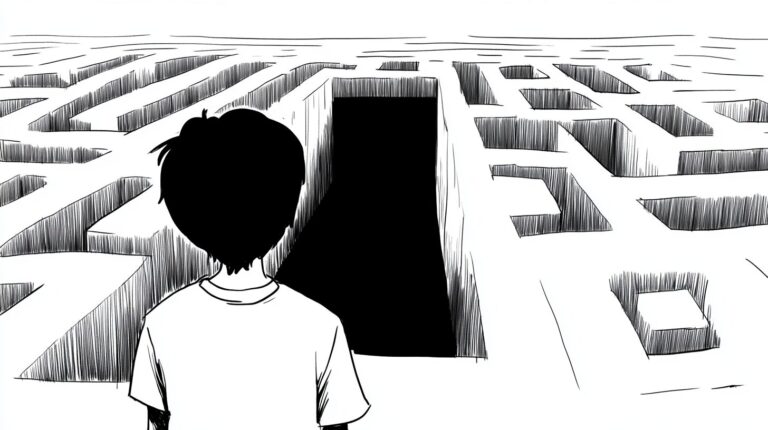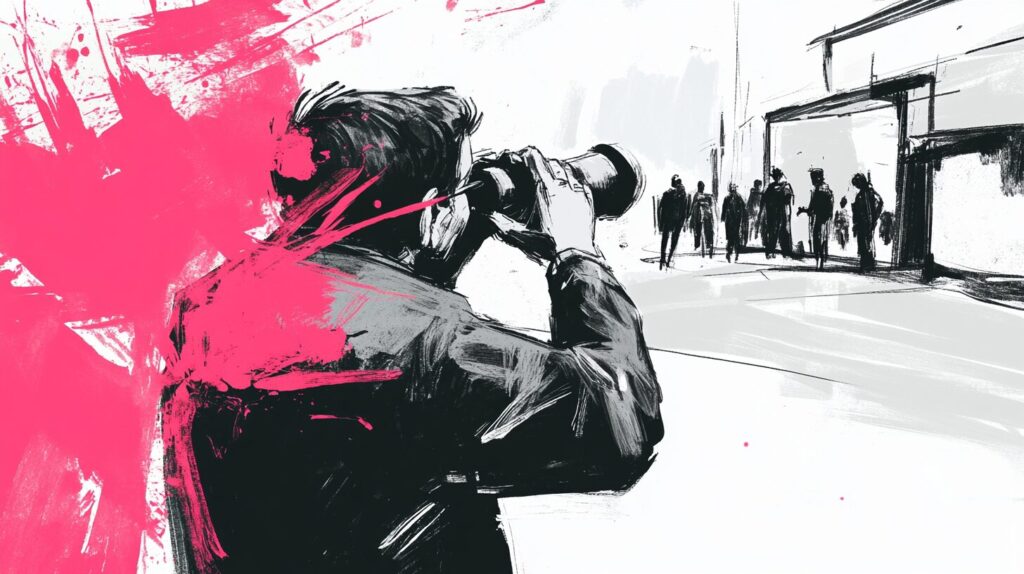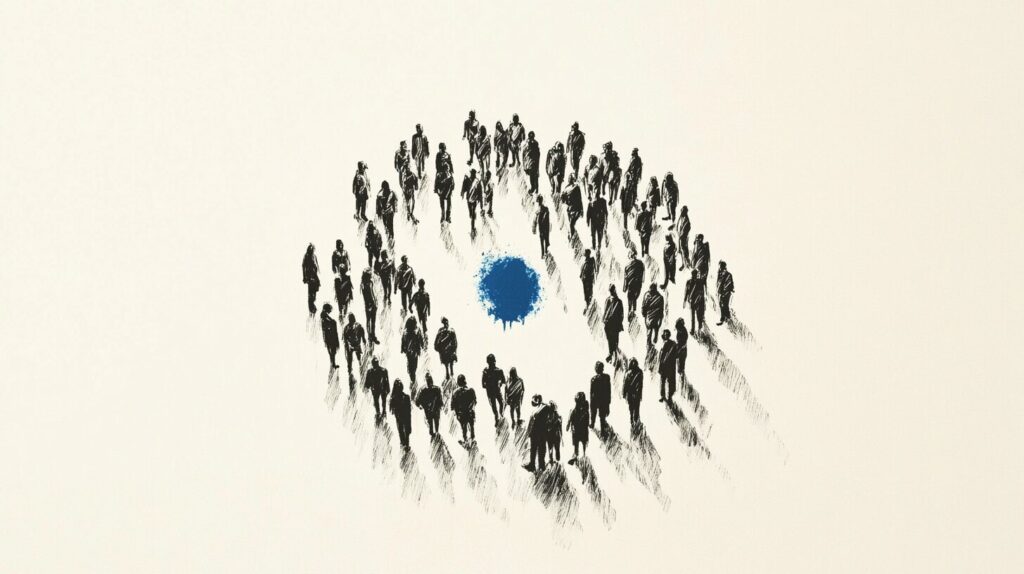Daniel Kahneman left us with a lens through which to see our own minds—a guide to the hidden gears of our decision-making. His work, especially in Thinking, Fast and Slow, challenges us to look past our instinctual modes and embrace a more deliberate way of thinking. As creators and entrepreneurs, his insights aren’t just intellectually fascinating; they’re practical tools for how we approach work, decisions, and the stories we tell ourselves.
Here are a few takeaways from Kahneman’s work that can transform the way you structure your projects and your life.
Homo Irrational: Navigating Instinct vs. Decision
Kahneman’s genius lies in exposing the mental shortcuts—heuristics—that we unknowingly rely on. These shortcuts allow us to make thousands of decisions every day without grinding to a halt. But efficiency comes at a cost: we’re often wrong, even when we’re confident we’re right.
For example:
- Anchoring: You see an expensive house, and suddenly the price of the next, slightly cheaper house seems “reasonable.”
- Availability Bias: A single news story about a plane crash makes you overestimate the risk of flying, despite the statistics.
As entrepreneurs, this is a wake-up call. How often do we make big calls—choosing a project, a pitch, or a product—because our gut says it feels right? Kahneman teaches us to take a beat. Ask questions. Scrutinize the evidence. The next time you’re on the verge of a snap decision, pause. Recognize that your instinct might be loud, but not always wise.
The Trap of Loss Aversion: Why Fear Outweighs Gain
Kahneman and Tversky’s work on loss aversion is a transformative concept: the pain of losing $100 is more intense than the joy of gaining $100. For creators, this dynamic shapes everything from how we price our work, to how we take risks, to we sculpt marketing messages.
Think about:
- Undervaluing your services: You fear rejection, so you set your rates too low.
- Avoiding necessary risks: You don’t launch that new idea because you’re afraid it might fail, even though the potential upside is enormous.
The antidote? Flip the script. Instead of dwelling on what you might lose, focus on what you stand to gain. Every bold project or pitch comes with risk—but so does standing still. Ask yourself: What’s the bigger risk—failing, or never trying?
Fast Thinking vs. Slow Thinking: The Power of Pausing
Kahneman’s core framework—our two thinking systems—is a tool you can use every day:
- System 1: Fast, intuitive, emotional. It’s the voice that says, “This feels right.”
- System 2: Slow, deliberate, logical. It’s the one asking, “But is it really?”
As creators, we often live in System 1. Fast thinking lets us generate ideas, spot opportunities, and move with confidence. But it can also lead us to overreact, overextend, or overlook key details. Kahneman’s advice? Slow down, especially when it matters most.
Here’s a metaphor: Think of System 1 as a race car and System 2 as your pit crew. The race car is thrilling, fast, and gets you places—but without the pit crew, you’ll crash. Taking a beat to analyze, reflect, and recalibrate is the pit stop that keeps you in the game.
Building Meaningful Systems: A Lesson in Mental Energy
Kahneman often pointed out how mental energy is a finite resource. Every decision—what to wear, what to eat, how to respond to an email—depletes it. This is why so many high-performing individuals simplify their lives: Steve Jobs wore the same outfit daily; Warren Buffett eats the same breakfast every morning.
For creators, this means designing systems that protect your energy for what matters:
- Automate decisions: Batch tasks like meal planning or email replies.
- Delegate where possible: Free yourself from low-impact decisions.
- Focus on your “zone of genius”: Spend your energy on work that only you can do—your creative, strategic, or visionary pursuits.
The less you waste energy on trivialities, the more you can devote to the decisions that shape your work and life.
Connection and Craft Over Scale
Kahneman’s insights aren’t just about decision-making; they’re about meaning. He challenged us to think deeply about happiness, relationships, and the stories we tell ourselves about success. For creators and entrepreneurs, this means asking: Am I chasing the right kind of growth?
Instead of aiming for mass appeal, consider:
- Crafting bespoke solutions for a niche audience. Like a tailor hand-stitching a suit, your work can stand out by being personal, intentional, and irreplaceable.
- Building authentic connections over broad reach. A thousand true fans will always be more valuable than a fleeting million.
In Kahneman’s words, happiness is rarely found in extremes. Success isn’t about winning every decision or dominating every market. It’s about creating something meaningful—something that resonates deeply with the people who matter most.
The Takeaway: Be Your Own Sherpa
Kahneman’s legacy is an invitation to slow down, think deeply, and approach our work—and our lives—with intention. As creators and entrepreneurs, we’re often tempted to play the hero in our own story. But Kahneman reminds us: greatness isn’t about being fearless or flawless. It’s about learning to navigate the strait between instinct and decision with humility, clarity, and purpose.
So, as you build your next project, pause and ask:
- Am I making decisions based on fear or facts?
- Is this idea rooted in intuition, or have I tested it with deliberate thought?
- How can I spend more time on what truly matters and less on what doesn’t?
Greatness lies in your agency to act—not perfectly, but thoughtfully. Take a beat, and move forward with courage.




